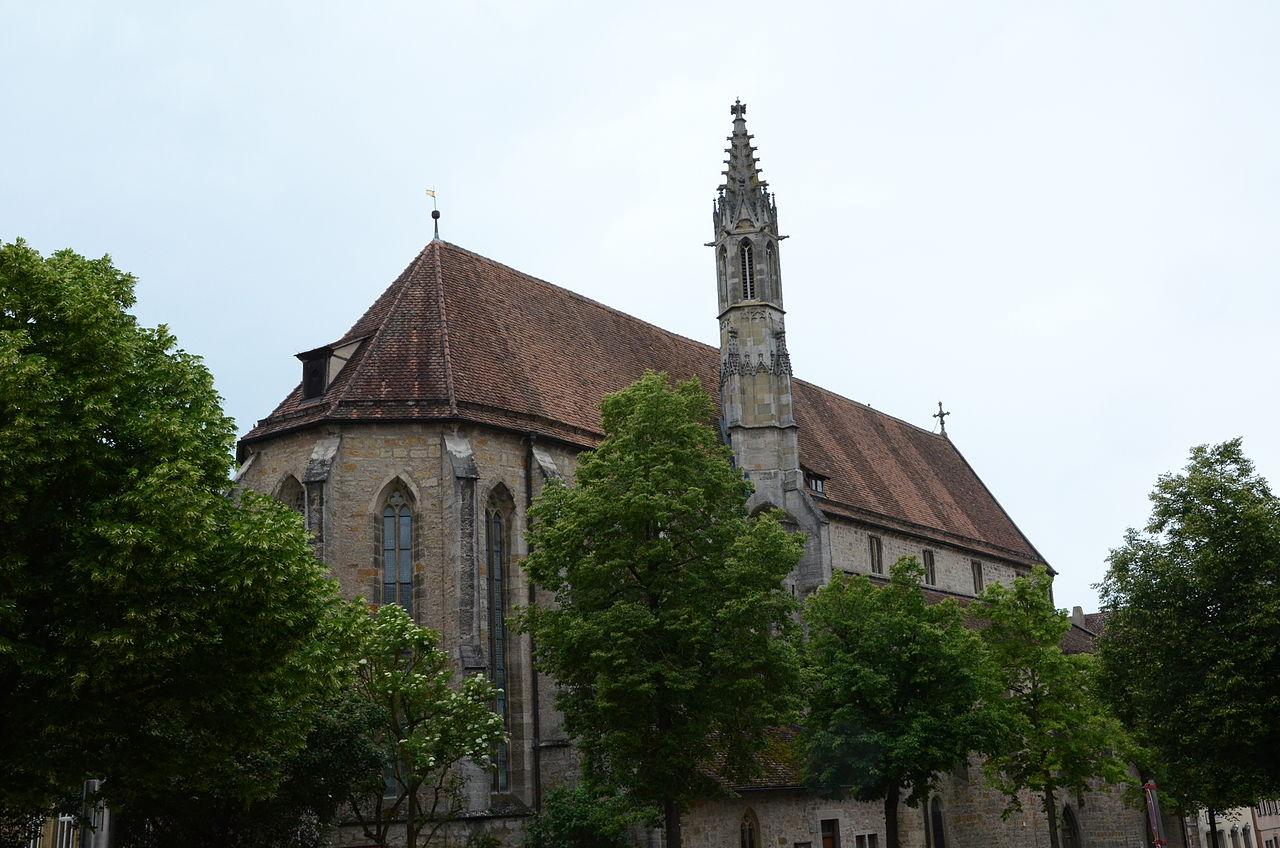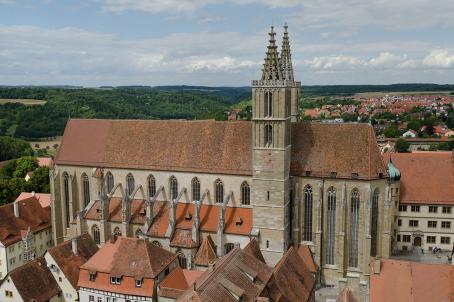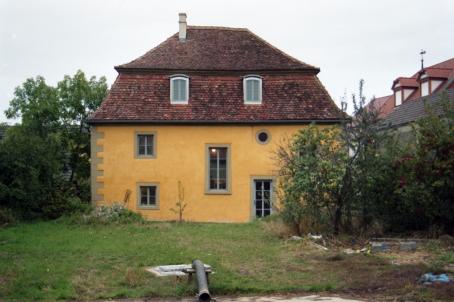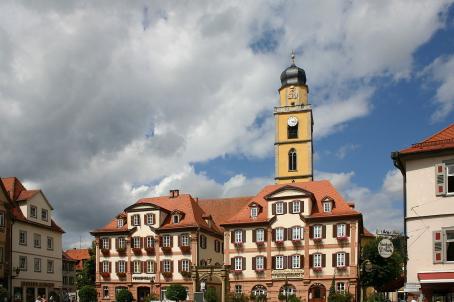Franziskanerkirche

The Franciscan Church belonged to the former Franciscan Monastery and is now an Evangelical Lutheran parish church. The monastery was founded in 1281 but ceased to exist in 1548 as a result of the Reformation. The monastery buildings, which had been voluntarily abandoned, first housed a Latin school and then a flat for the widows of the parish priests. After 1805, the buildings were used, among other things, as a salt warehouse. Parts of the complex (cloister, refectory, etc.) were demolished, and much of the inventory was destroyed or sold.





